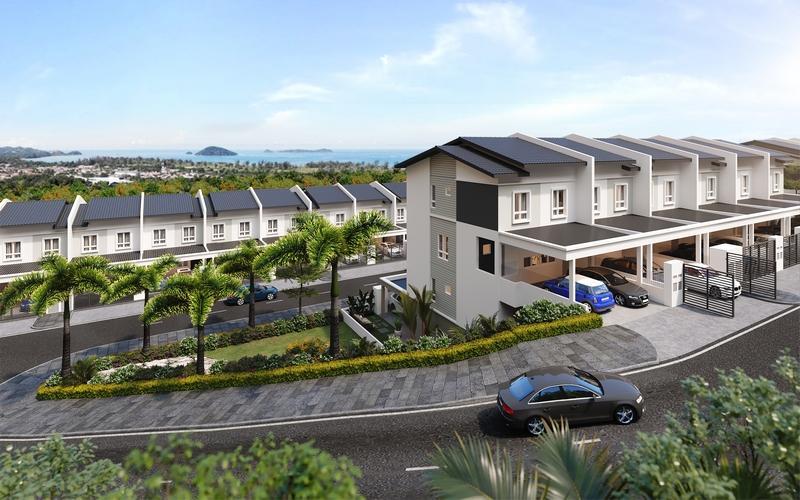Community
The coup de grâce that current shared space providers pride themselves in most would be their globe-spanning networks of members.
Co-working enterprises add value to their spaces by providing the means for networking and collaboration – which fits neatly into the operational needs of freelancers and startups. Most co-working operators brand their spaces as vibrant environments which enable their members to “meet and greet” others in the same industry, participate in community-building initiatives, and spur business growth.
Many consultancies and advisory services have started setting up their footholds in co-working spaces in order to plug into ready-made networks of clients, to stay updated on developments in their industries, and to partake in the exchange of innovative ideas.
According to Datuk Paul Khong, even banks and government agencies are getting in on the act, “On 23rdApril 2019, the Hong Leong Group and the Malaysian Digital Economy Corporation’s (MDEC), through Tower REIT (the Tower Real Estate Investment Trust), announced plans to revitalise Menara HLA with the HLX Hub, Malaysia’s first innovation exchange."
“The HLX Hub represents an initiative to spur growth in the Malaysian tech start-up ecosystem by building a thriving entrepreneurial network. The development of this blend of both co-living and co-working spaces as part of the HLX hub is expected to be well-received when ready at the end of 2020.”
Are shared spaces commercially viable?
Collaborative spaces appeal to a significant demographic attracted to flexibility and convenience – but the risks are much higher compared to the lease terms traditionally relied upon by landlords.
Collaborative spaces provide a necessary service in a climate where city centres are getting prohibitively expensive and technological innovations are no longer necessarily solely the purview of well-funded entities – but these enterprises are capital intensive and are not highly scalable.
Designed for the most efficient utilisation of space, and combining quality aesthetics with appealing addresses, collaborative spaces cater to tenants who are willing to pay a premium to enjoy an urban lifestyle.
However, a location may fade in popularity in less time than a lease may be signed for – and the memberships of collaborative spaces, by virtue of flexible leases, may dwindle after the initial surge of excitement following the completion of a new property subsides.
New locations require lengthy negotiations, significant investment, and with long-term leases being the norm, new collaborative spaces may not generate the necessary profits to finance rapid expansion and ensure a visible presence in an increasingly saturated market.
Despite the possible pitfalls, collaborative spaces are apparently here to stay and likely to grow much larger. They nurture their members by providing the necessary space and opportunities to develop innovative ideas and grow their enterprises, which forms a significant part of the aspirations of younger professionals who opt to live their lives with a degree of freedom not typically pursued by previous generations.
_PH_Banner_(Desktop)(1200x180px).png)
.jpg)
.jpeg)


.jpg)



.jpg)
.jpg)
.png)

.jpeg)
.jpg)
